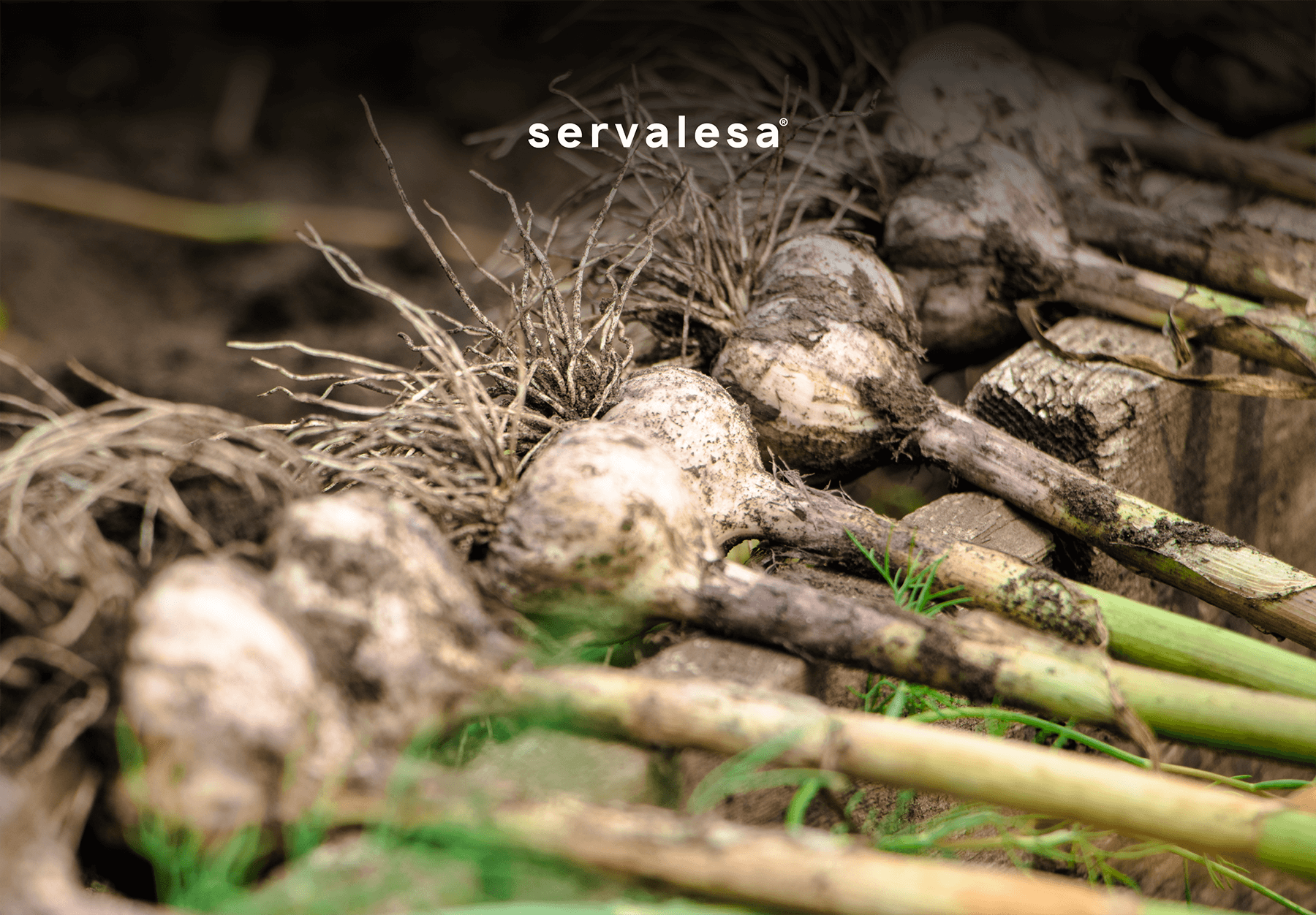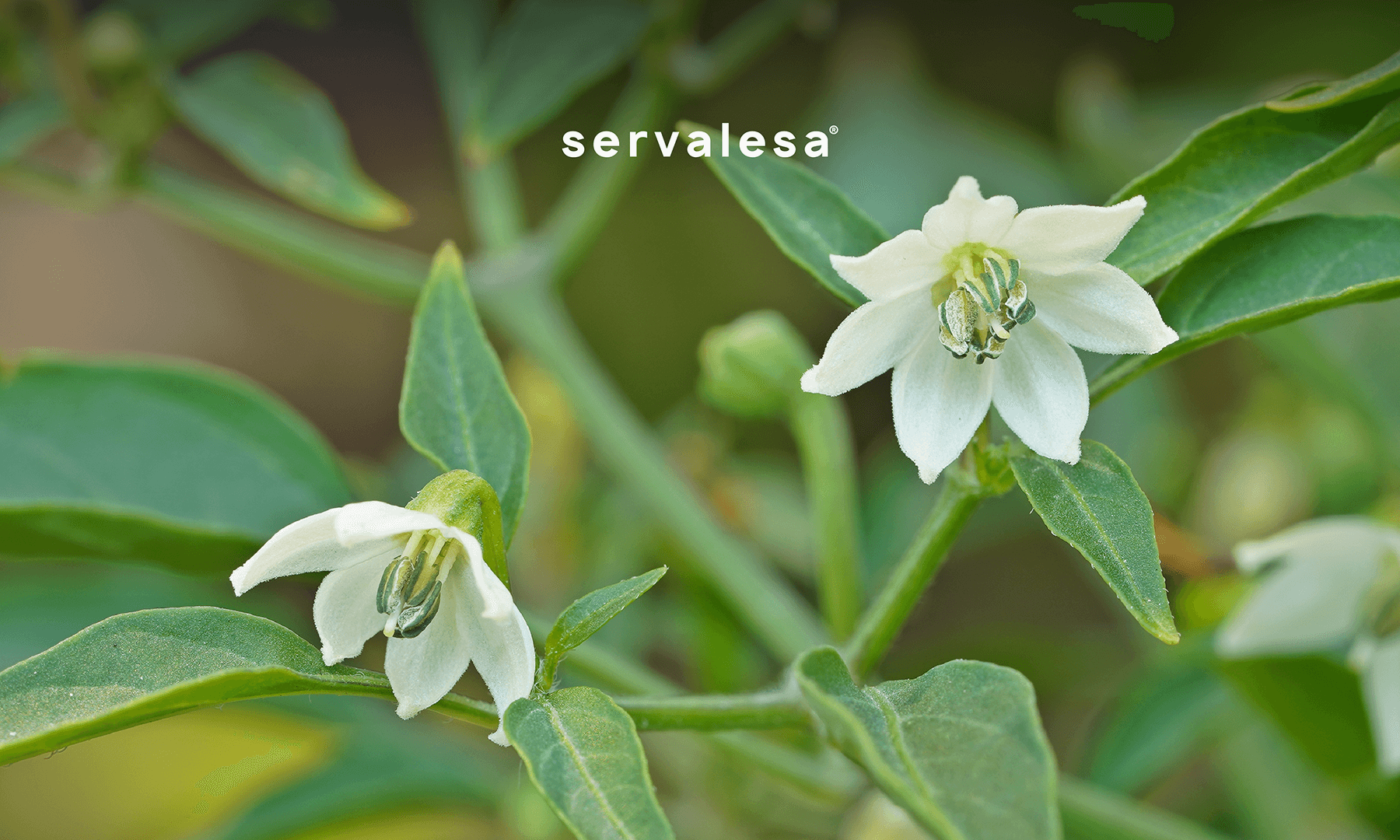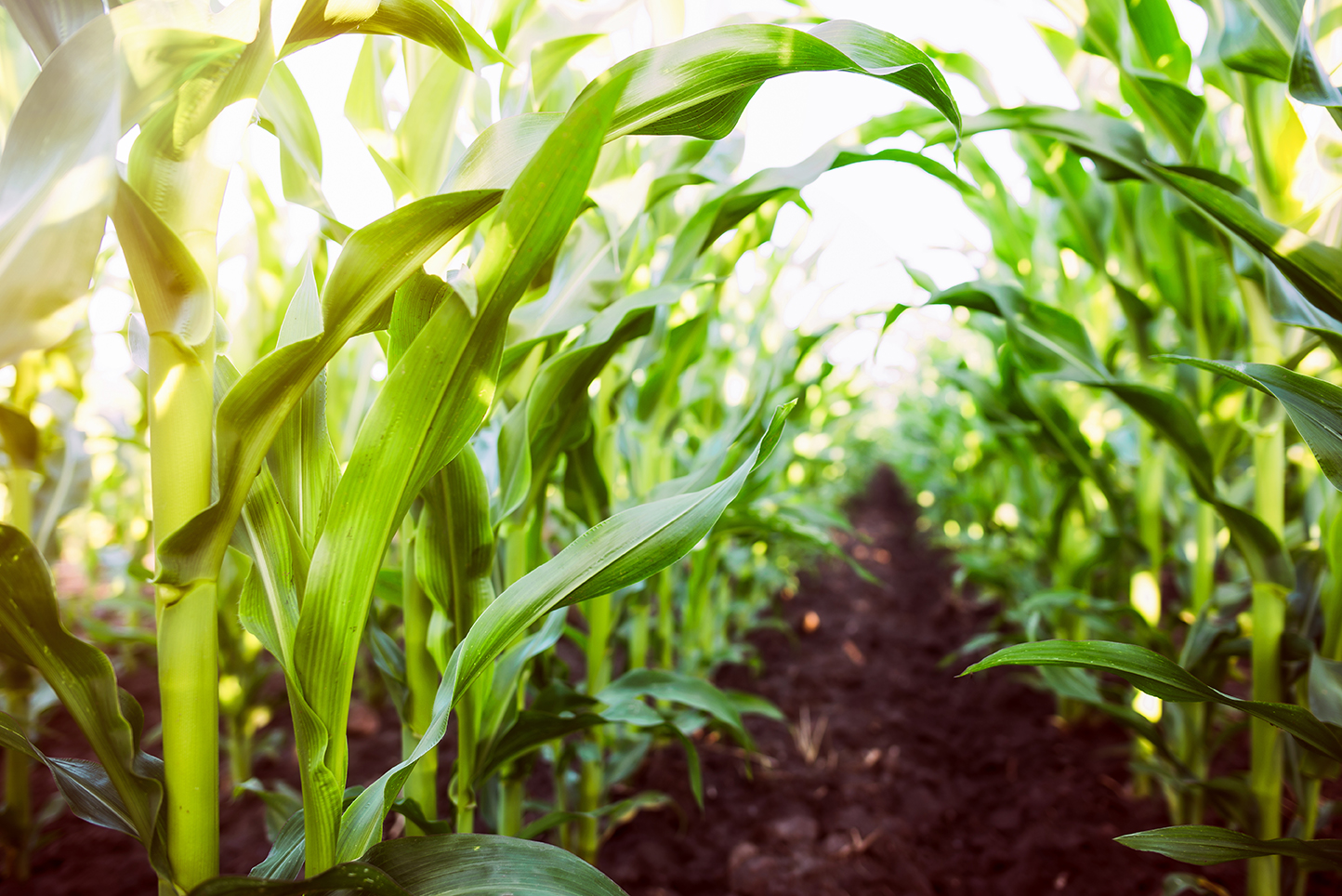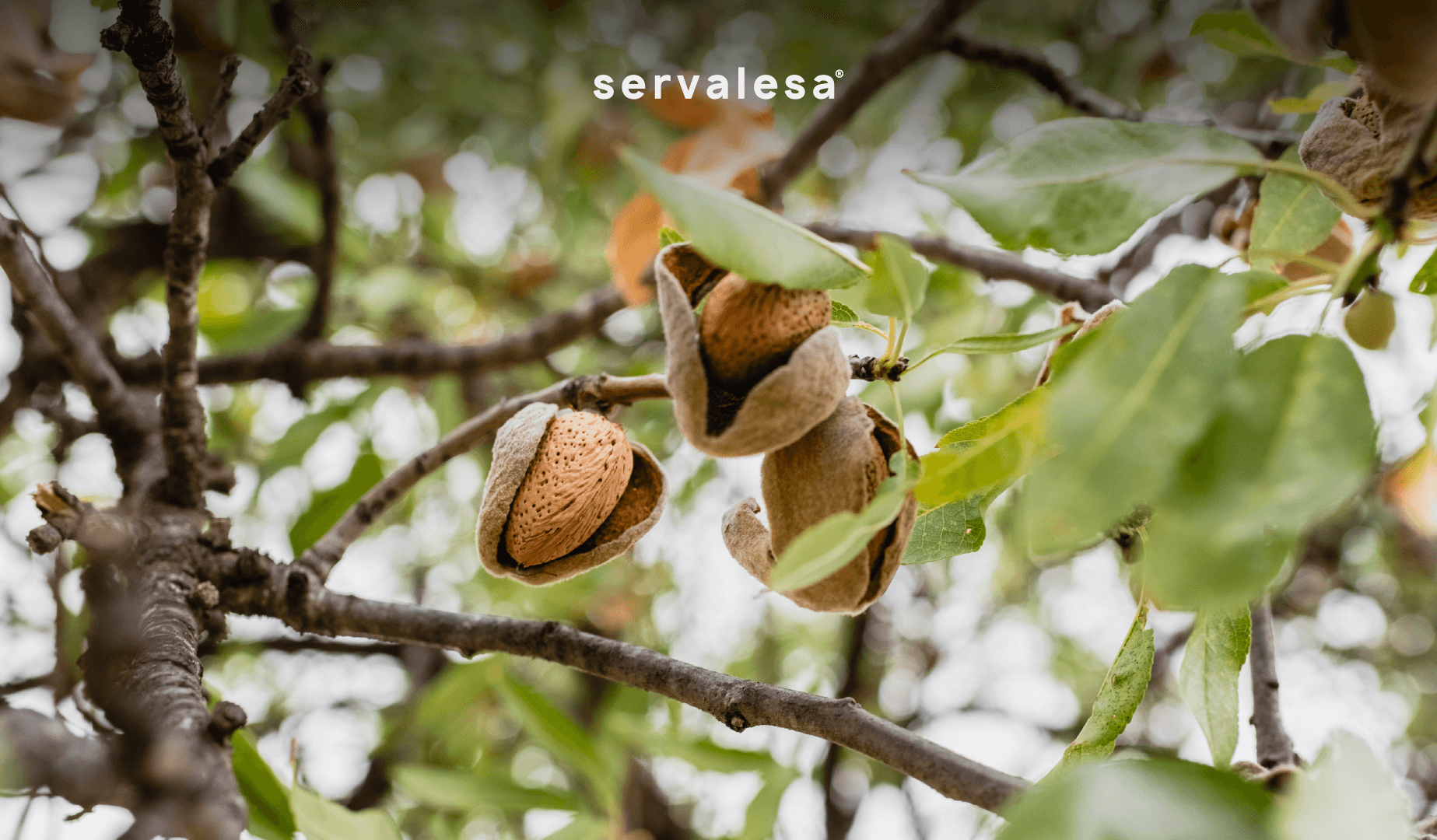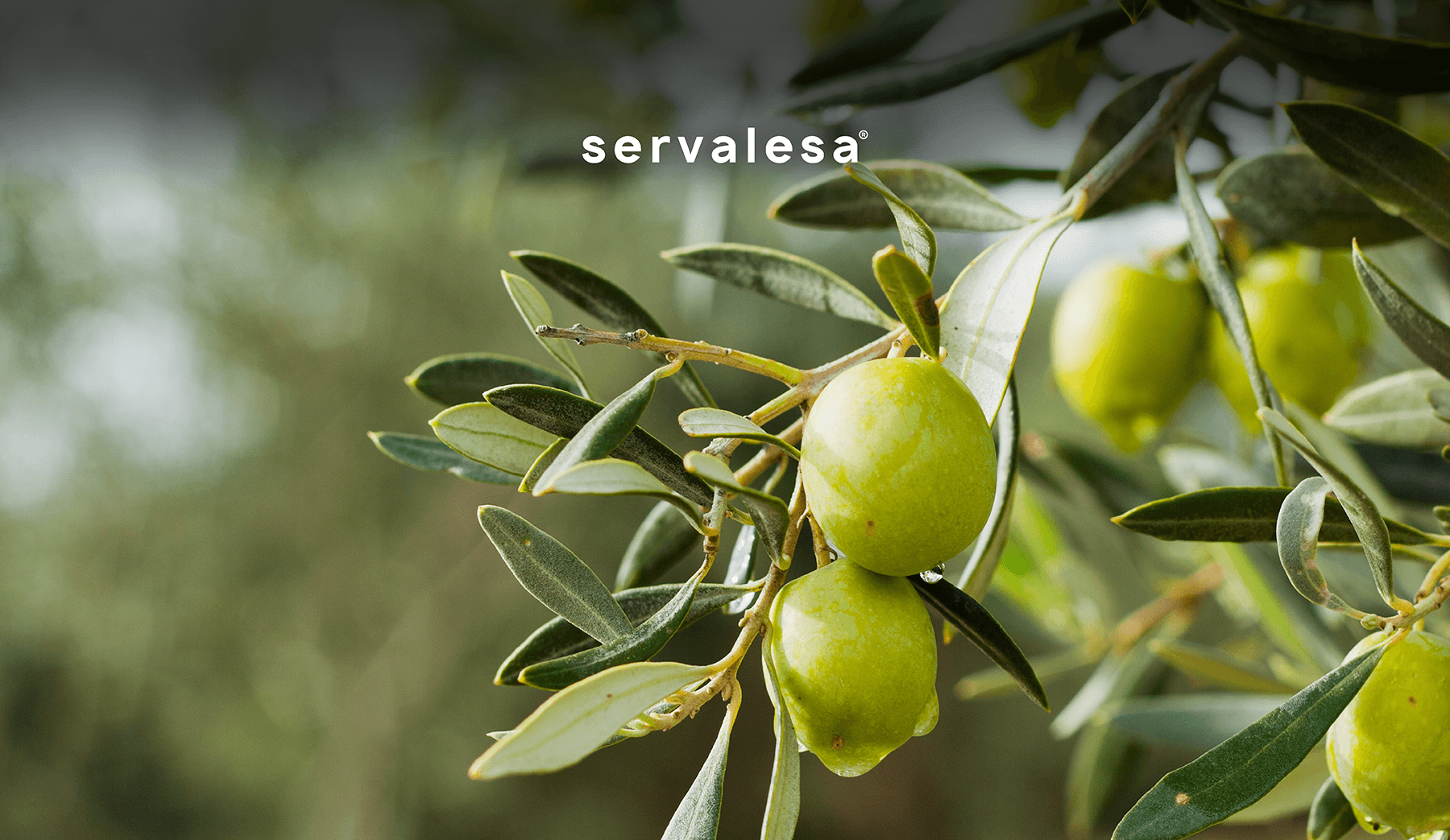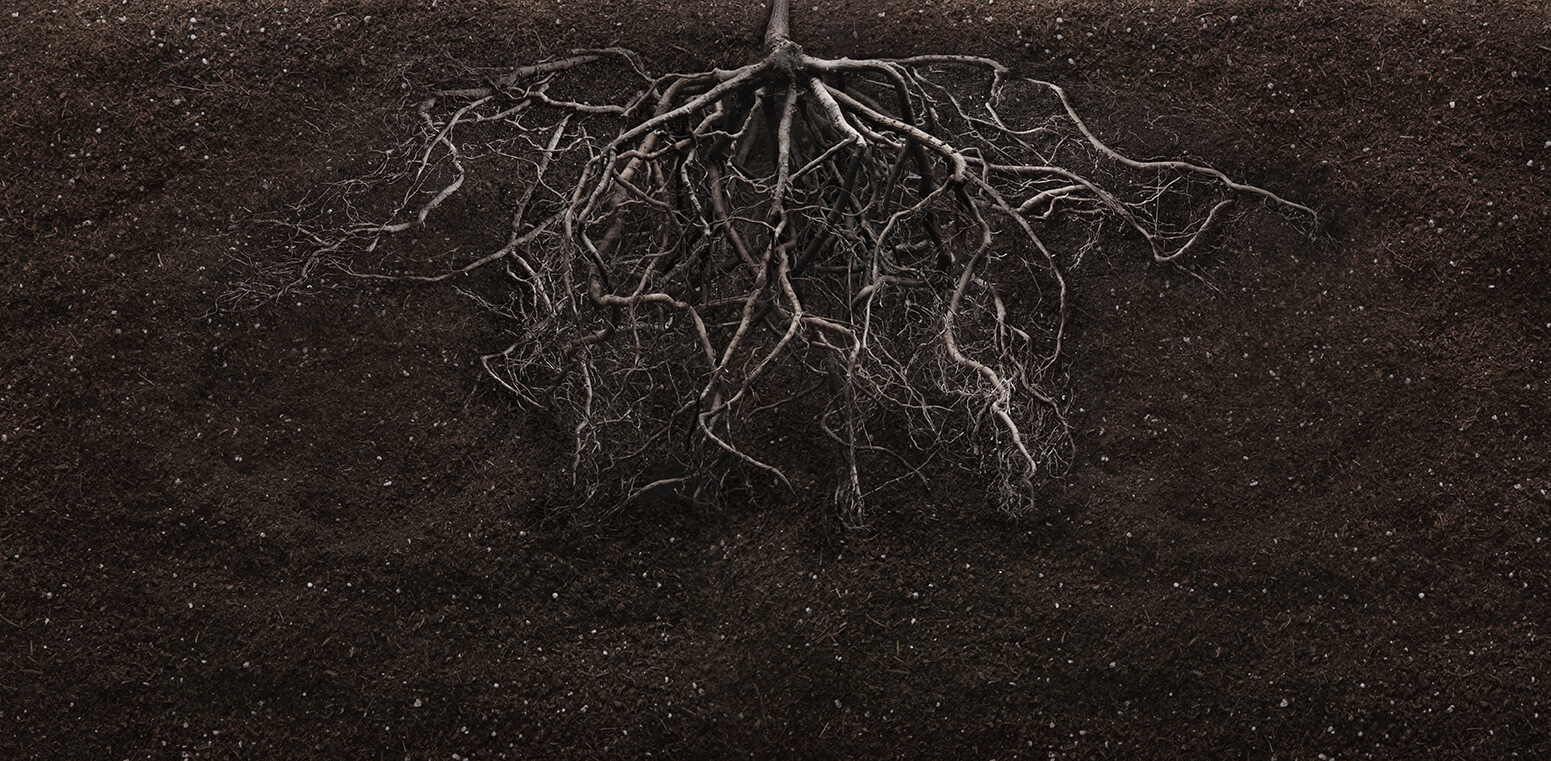GARLIC AND BIOSTIMULANTS, THE PERFECT COMBINATION
Spain is the country with the highest production of garlic crop in the European Union, accounting for 67% of the total. However, China continues to be the world’s leading producer. Furthermore,in Spain, the area dedicated to garlic cultivation in 2022 was 25,520 ha, with Castille-La Mancha leading the way with 21,000 ha. Garlic (Allium sativum) … Read more
